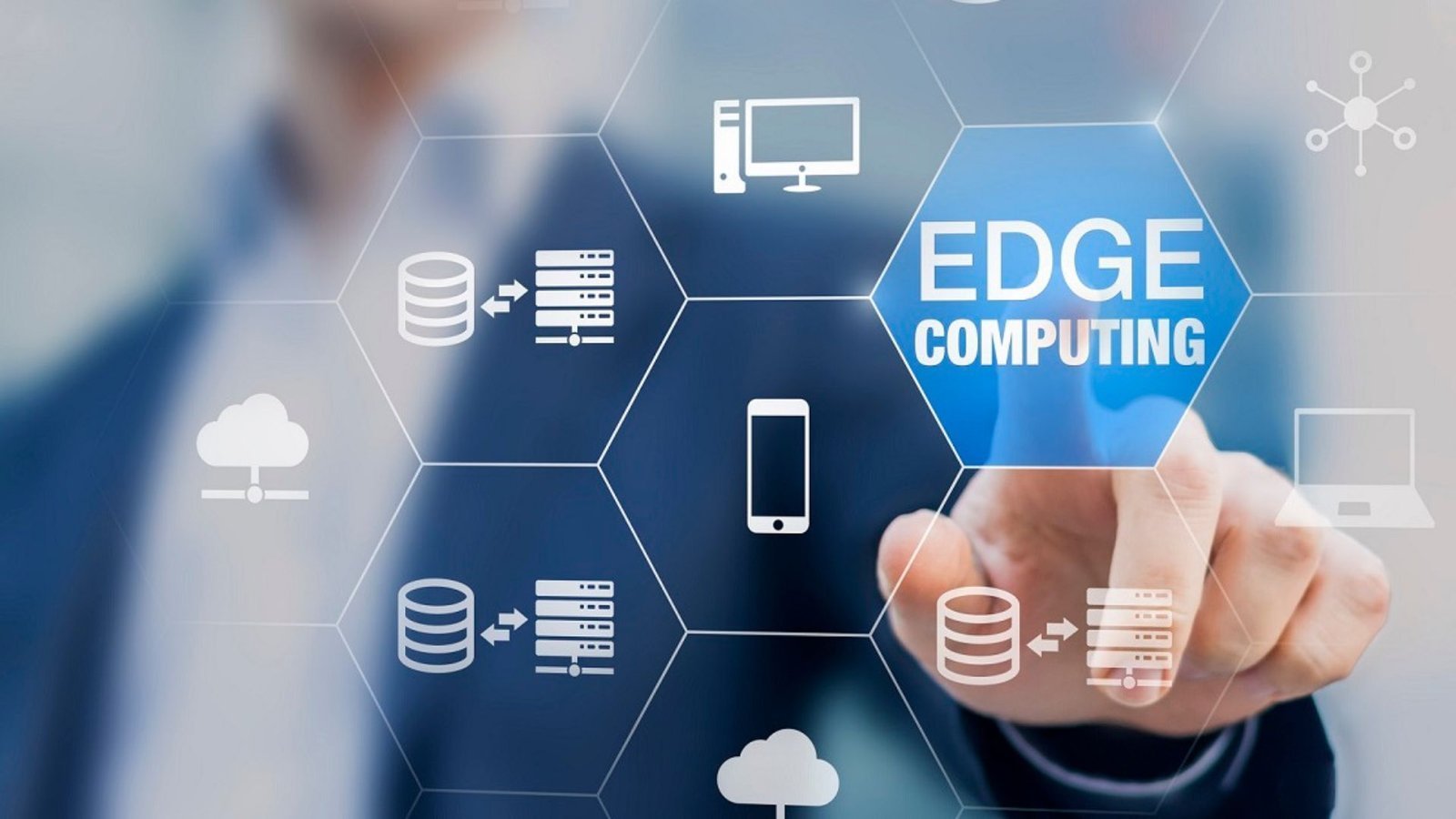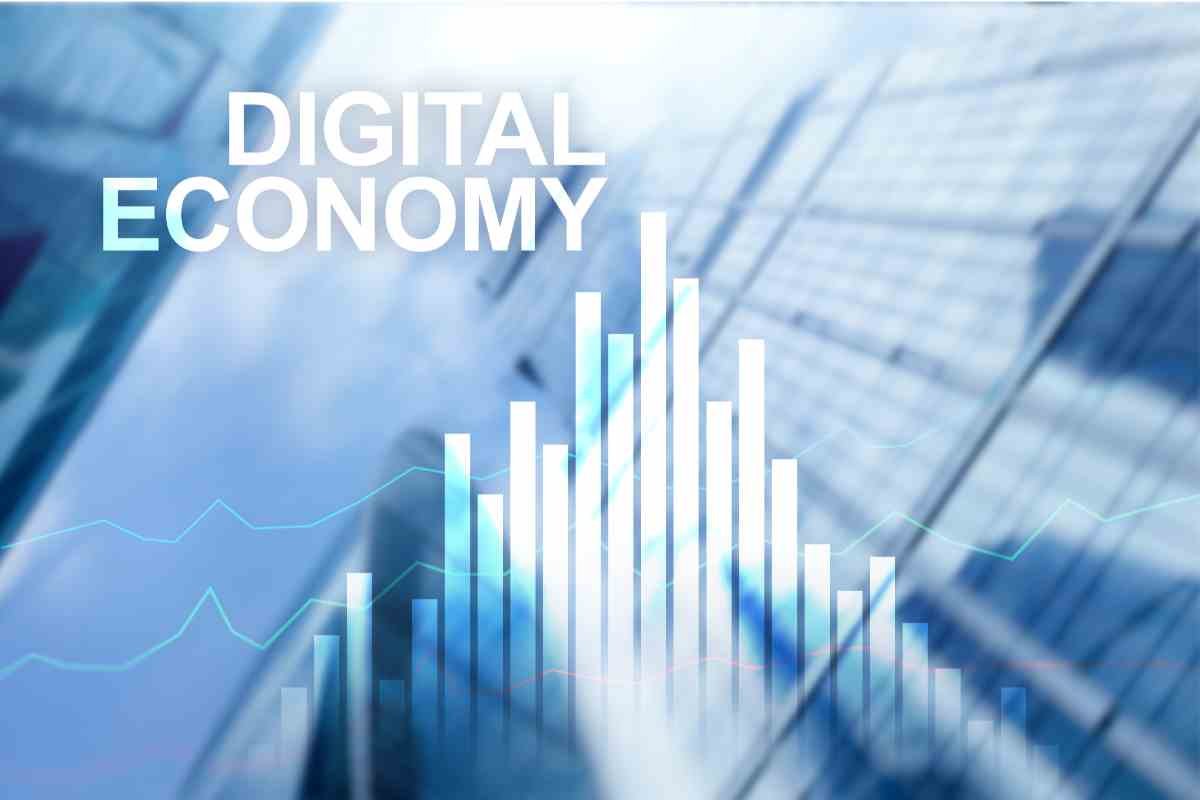In an era defined by digital connectivity and rapid technological evolution, the explosion of data and the increasing need for instantaneous decision-making are transforming industries worldwide. Business transformation with edge computing in 2025 has become a driving force, as edge computing, once considered niche, rapidly emerges as a game-changing technology. By bringing data processing closer to its source, it addresses critical business challenges such as latency, efficiency, and security. For today’s business leaders and decision-makers, harnessing the potential of edge computing is no longer a choice but a strategic imperative.
What is Edge Computing?
Edge computing refers to the decentralized approach of processing data closer to its source, at the “edge” of the network, rather than relying solely on centralized cloud infrastructure. This proximity minimizes latency, reduces bandwidth usage, and enhances operational efficiency. By enabling near-instantaneous data processing, edge computing is crucial for applications that demand real-time responses. Examples include autonomous vehicles that rely on split-second decision-making, industrial IoT (IIoT) systems optimizing factory operations, and smart city technologies enhancing urban management. For industries where speed, efficiency, and reliability are paramount, edge computing is transforming how businesses operate and innovate.
Why Edge Computing Matters for Businesses
- Enhanced Speed and Efficiency
In today’s fast-paced business environment, the ability to gain instant insights is a competitive advantage. According to a Gartner study, 75% of enterprise-generated data will be processed outside traditional centralized data centers by 2025, a dramatic rise from just 10% in 2018. Business transformation with edge computing in 2025 will empower businesses to act on data-driven insights almost instantaneously, a critical capability for sectors like finance, healthcare, and manufacturing. - Cost Optimization
The cost of transmitting and storing massive amounts of data in centralized cloud environments can be prohibitive. Edge computing addresses this challenge by processing data locally, reducing bandwidth requirements and associated expenses. For businesses with high data volumes—such as e-commerce platforms or IoT-driven operations—this localized approach translates into significant cost savings. - Improved Security and Compliance
Data privacy and compliance are growing concerns across industries, especially in sectors like healthcare and finance. Edge computing’s localized data processing ensures that sensitive information remains on-site, reducing risks associated with data breaches. Additionally, it facilitates adherence to stringent regulations such as GDPR and India’s Data Protection Bill by keeping data within jurisdictional boundaries. - Scalability and Resilience
Unlike centralized systems, edge networks are inherently decentralized, enhancing their resilience. Even in the event of network outages or disruptions, edge systems can continue operating, ensuring business continuity. This scalability and robustness make business transformation with edge computing in 2025 an indispensable tool for industries reliant on uninterrupted operations, such as energy, transportation, and retail.
Key Trends Shaping Edge Computing
- Convergence with AI and IoT
The integration of artificial intelligence (AI) and Internet of Things (IoT) devices is accelerating the adoption of edge computing. By combining IoT sensors with edge analytics, industries can enable real-time decision-making. For instance, in manufacturing, predictive maintenance systems leverage IoT sensors and edge computing to detect anomalies before equipment failures occur, reducing downtime and costs. This convergence is pivotal in business transformation with edge computing in 2025, driving greater efficiency and smarter decision-making. - Rise of 5G Networks
The advent of 5G is revolutionizing edge computing capabilities. With its ultra-low latency and high-speed connectivity, 5G unlocks advanced use cases, including augmented and virtual reality (AR/VR) in retail and telemedicine in healthcare. This seamless connectivity enables businesses to deliver innovative, real-time services that were previously unattainable, further accelerating business transformation with edge computing in 2025. - Industry-Specific Applications
Edge computing is driving innovation across various sectors:- Retail: Smart shelves and personalized in-store experiences utilize edge analytics to enhance customer engagement and operational efficiency.
- Healthcare: Remote patient monitoring systems process critical health data locally, enabling timely alerts and interventions.
- Energy: Smart grids employ edge technology to optimize energy distribution, reduce wastage, and enhance grid reliability. These sector-specific advancements are key to unlocking the full potential of edge computing in business transformation with edge computing in 2025.
- Sustainable Computing
Edge computing supports sustainability initiatives by reducing energy consumption associated with data transmission and large-scale cloud storage. By processing data locally, businesses can minimize their environmental footprint while improving efficiency. This aligns with the growing demand for environmentally responsible technologies in the corporate world, making edge computing an integral part of business transformation with edge computing in 2025.
Challenges to Address
Despite its transformative potential, edge computing presents several challenges that businesses must navigate:
- Infrastructure Costs
Deploying and maintaining edge infrastructure can be prohibitively expensive, particularly for small and medium-sized enterprises (SMEs). The initial investment in edge devices, network upgrades, and localized servers requires careful budgeting and strategic planning. As businesses look to adopt business transformation with edge computing in 2025, overcoming these financial barriers will be essential for sustained success. - Interoperability
Integrating edge systems with existing IT infrastructure is a complex process that demands seamless compatibility. Ensuring that legacy systems and modern edge solutions work in harmony often involves significant customization and technical expertise. This challenge is crucial for businesses aiming for business transformation with edge computing in 2025, where a balance between legacy systems and cutting-edge technology will be vital. - Data Management
Handling decentralized data at scale introduces challenges related to storage, security, and governance. Businesses must adopt robust data management strategies to maintain data integrity, protect sensitive information, and ensure compliance with industry regulations. A strong data governance framework is key to business transformation with edge computing in 2025, enabling businesses to mitigate risks while optimizing their data strategies. - Talent Shortages
A shortage of skilled professionals in edge computing and related fields, such as IoT and AI, is a significant barrier to adoption. Addressing this talent gap requires targeted training programs, partnerships with educational institutions, and investments in workforce development to build the necessary expertise. As businesses navigate business transformation with edge computing in 2025, securing the right talent will be essential to ensure successful deployments and innovation.
Real-World Success Stories
1. Walmart’s Smart Stores
Retail giant Walmart leverages edge computing to monitor inventory levels and optimize energy consumption across its stores. By processing data on-site, Walmart achieves real-time decision-making, reduces operational costs, and enhances customer experiences. This initiative underscores the value of edge computing in driving efficiency and innovation in the retail sector.
2. Rolls-Royce’s Predictive Maintenance
Rolls-Royce utilizes edge analytics to monitor the performance of its aircraft engines in real-time. By analyzing data from sensors installed on engines, the company can predict potential issues before they escalate, minimizing downtime and improving safety. This application highlights the role of edge computing in enhancing reliability and operational excellence in aviation.
3. Indian Railways’ Smart Initiative
Indian Railways has adopted edge-enabled IoT sensors to monitor the health of critical train components, such as brakes and bearings. By processing data locally, the system ensures timely maintenance, improves passenger safety, and reduces delays. This deployment exemplifies how edge computing can transform public infrastructure and enhance service reliability.
Actionable Insights for Business Leaders
1. Start Small
Begin by piloting edge solutions in specific, high-impact use cases before committing to large-scale deployments. This approach minimizes risk while allowing organizations to assess the technology’s potential benefits.
2. Collaborate with Experts
Partnering with technology providers and industry experts can streamline the design and deployment of edge infrastructure. These collaborations ensure that solutions are tailored to meet specific business needs and challenges.
3. Invest in Talent
Upskilling existing teams and hiring professionals skilled in edge computing, IoT, and AI is crucial for long-term success. Workforce development initiatives should focus on equipping employees with the knowledge needed to manage and optimize edge deployments.
4. Prioritize Security
As decentralized systems increase the surface area for potential cyberattacks, robust cybersecurity measures are essential. Implementing end-to-end encryption, access controls, and continuous monitoring can safeguard sensitive data processed at the edge.
5. Leverage Partnerships
Collaborate with telecom providers and cloud service vendors to ensure seamless integration of 5G connectivity and edge solutions. These partnerships can enhance network performance, enabling businesses to unlock the full potential of edge computing.
The Future of Edge Computing
As organizations increasingly adopt digital strategies, edge computing is poised to play an integral role in shaping their future. Its capacity to enhance customer experiences and optimize industrial operations underscores its transformative potential. For business leaders, the imperative is clear: integrating edge computing is not merely a competitive advantage but a critical step in staying ahead in an increasingly dynamic market. This business transformation with edge computing in 2025 will enable organizations to stay agile and responsive to evolving demands.
Edge computing stands at the forefront of digital transformation, offering unmatched speed, efficiency, and innovation by processing data closer to its source. As businesses continue to evolve, harnessing the power of edge computing will be crucial for staying competitive. For decision-makers, the time to explore its potential is now—positioning their organizations to thrive in a future where real-time, edge-driven insights will be a key determinant of success. Embracing business transformation with edge computing in 2025 will empower businesses to redefine their operational capabilities and create new avenues for growth.






